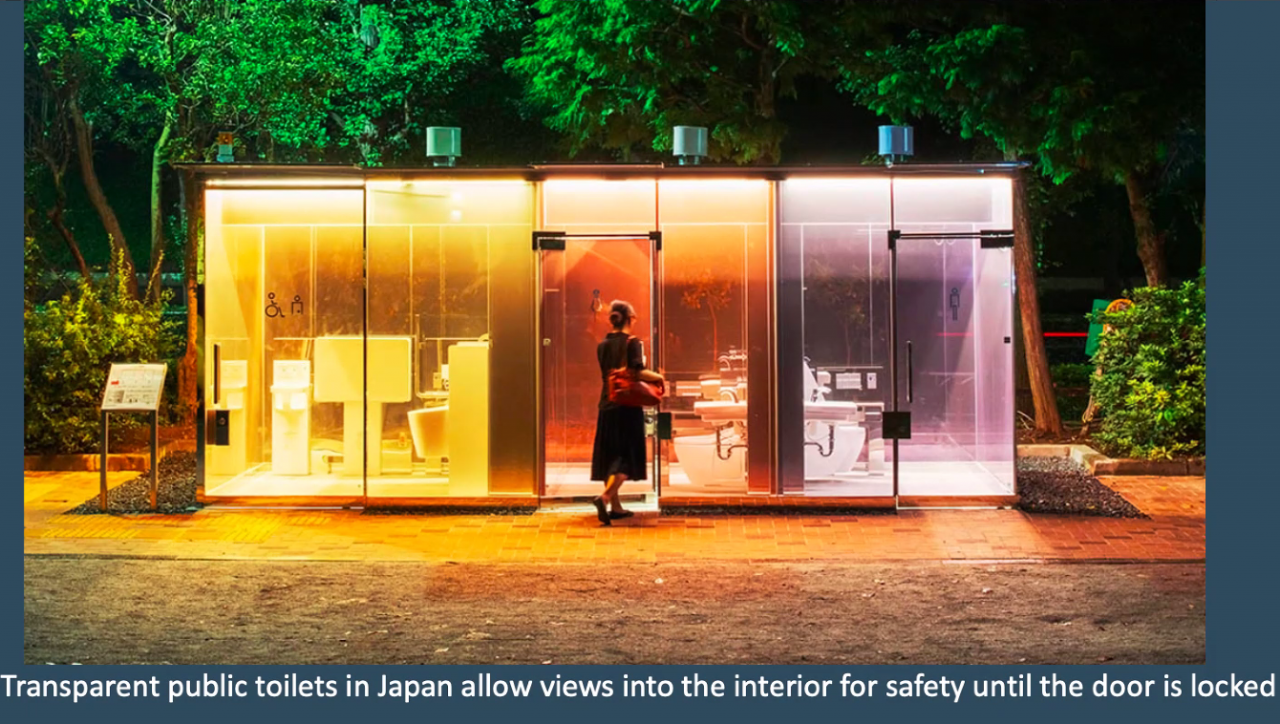
Women & the city - A historical perspective was the title of a lecture by urban design professional PhD Jaqueline Taylor presented to the GenderedLandscape partners during a series of inspirational digital network sessions in September 2020.
Did you know that the thought of women noticeably going to the bathroom was the underlying reason for an historic court case in Camden, London? The question asked was: How can we create restrooms for women in a way where men do not have to even imagine their actual needs and functions? In that specific case, the easiest solution was placing them underground. Would this be experienced as a safe place for women today? And what makes a city a place for all citizens?
Walter Benjamin once defined the modern city as a place where modern Man can stroll relaxed, unnoticed, the man of leisure, the Flâneur. With this definition in mind, one could look at urban development and see that the modern woman has not been able to match the picture of the Flâneur. Urban development through transportation did from the start not consider women`s height or clothing, solutions for making it easier to bring children out in public have not been a priority historically and strolling relaxed and unnoticed still seems like an imaginary dream for many women.
So, where do women fit in to the picture of the modern city? And what would a city look like if we changed perspective? In an inspiring lecture PhD Jacqueline Taylor describes the feminist city as: a place where planning, design, transportation and infrastructure are oriented around those who operate outside the typical nine-to five-office environments of early morning or late evening, where women can be independent, self-sufficient and safe.
Consequently, there are several examples of women planning for themselves and other women, and by doing that, they introduce new urban concepts, consider new ways of living and empower women around them. For example, Margarete Schutte-Lihotzky from Austria designed the “Frankfurt kitchen”. By making a space traditionally seen as a place for women more functional and effective, women could have more time away from domestic duties.
Altogether, creating a feminist city, meaning one that takes the needs and daily habits of women into account in its design and spaces is absolutely an ongoing experiment. It is an experiment connecting great minds and collecting inspiration from women all over the world. There is hope, by inviting women into the Urban-planning processes; the modern city could in the future be one where all citizens feel safe and free on equal terms.
